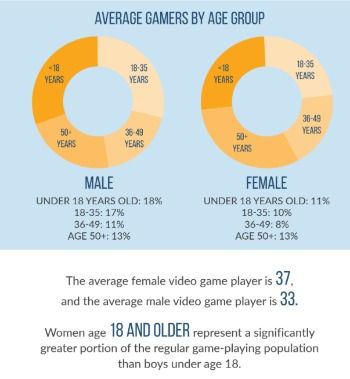OOP and classes
- Zack Scanlon
- May 10, 2021
- 2 min read
Abstraction
Abstraction is a process where you show only “relevant” data and “hide” unnecessary details of an object from the user. For example, when you login to your Amazon account online, you enter your user_id and password and press login, what happens when you press login, how the input data sent to amazon server, how it gets verified is all abstracted away from the you.
Encapsulation
Binding the data with the code that manipulates it. It keeps the data and the code safe from external interference. Looking at the example of a power steering mechanism of a car. Power steering of a car is a complex system, which internally have lots of components tightly coupled together, they work synchronously to turn the car in the desired direction. It even controls the power delivered by the engine to the steering wheel. But to the external world there is only one interface is available and rest of the complexity is hidden. Moreover, the steering unit in itself is complete and independent. It does not affect the functioning of any other mechanism.
Inheritance
Inheritance is the mechanism by which an object acquires the some/all properties of another object. It supports the concept of hierarchical classification. e.g. Car is a four wheeler vehicle so assume that we have a class FourWheeler and a sub class of it named Car. Here Car acquires the properties of a class FourWheeler.
Polymorphism
Polymorphism means to process objects differently based on their data type. In other words it means, one method with multiple implementation, for a certain class of action. And which implementation to be used is decided at runtime depending upon the situation (i.e., data type of the object). This can be implemented by designing a generic interface, which provides generic methods for a certain class of action and there can be multiple classes, which provides the implementation of these generic methods.
Classes
Classes are templates used in object-oriented programming to create objects, which are instances of that class. They are useful for organizing related variables and functions.


Comments